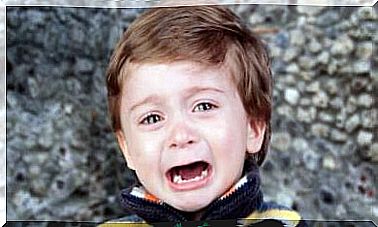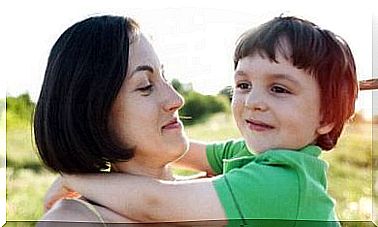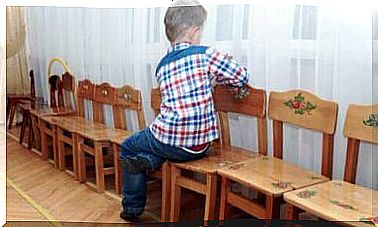How To Detect Phobias In Children And Prevent Them From Growing – You Are Mom

The education of children is a complex task for which we have no instructions. At times in childhood, fears can arise that parents may wonder if this is something normal and evolving or if it is a worrying thing that requires intervention.
Although these fears are often natural and transient, they can get worse if you do not act in time. It is therefore necessary to know how to detect phobias in children when they are only at their initial stage.
Childhood is a very important stage. At these ages, children are like sponges, totally permeable to the information they receive from their environment.
The attitudes they develop over the years will eventually become part of their personality. Likewise, the tools of confrontation that they will learn will constitute a fundamental part of their resources to get by in life.
The action of parents in the face of an infantile phobia is therefore essential. The way to manage it can be decisive for the future of the child. If, as parents, we offer him the resources he needs, he will be able to move forward and we will be able to ensure that this phobia does not set in and affect his daily life.
How to detect phobias in children?
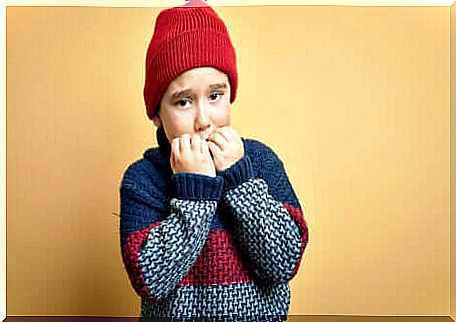
Discover evolutionary fears
It is especially important to know the natural and typical fears that correspond to each stage of growth. Indeed, there are evolutionary fears which are common to children of a certain age; they have a biological function and disappear over time. Here they are, in broad outline:
- Up to six months: fear of loud noises and lack of support.
- 7-12 months: fear of strangers and of separating from the main attachment figures.
- 1-2 years: the fear of physical harm, darkness and animals is added.
- 3-4 years: we include fear of natural phenomena, such as thunderstorms, and reluctance towards unknown objects.
- 5-6 years: we see the fear of illness or the fear that loved ones suffer. We are also afraid of seeing evil beings appear in the dark.
- 7-8 years: social fears appear, such as the fear of being ridiculed or of being rejected.
- 9-12 years old: the fear of lack of social acceptance increases and that of poor school results arrives, as well as the fear of death.
Differentiate between fear and phobia
The first step is to check if it is a fear that corresponds to the age of the child. But this is not enough: it is indeed possible that an evolutionary fear turns into a phobia. To detect if this is happening, we need to focus on the following:
- The fear, anguish and unease felt by the child is excessive and disproportionate, much more than one would expect.
- The little one tries to avoid fearful situations at all costs or flees them as quickly as possible. If he can not avoid them, he supports them but feeling immense discomfort.
- This fear interferes in a significant way in his daily life and prevents him from acting adequately. This can manifest as an inability to sleep, bond, or perform daily activities.
- Over time, the fear does not go away and increases.
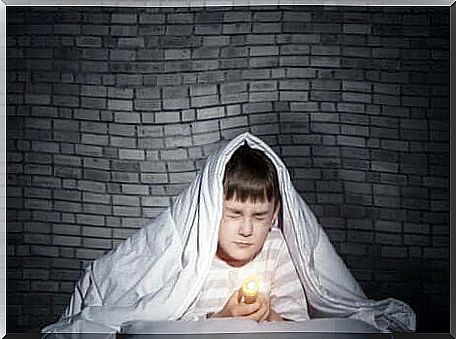
How to act after detecting phobias in children?
First of all, it is necessary that we, the parents, show understanding and respect in front of the fear of the child. We must neither ridicule nor belittle his feelings.
The next step is to have the child face, gradually and gradually, the feared stimulus. However, for that to happen, we must give it strength and support it. Strengthening his self-esteem is essential for him to feel capable of facing this challenge.
Use your creativity to come up with tips that will help reduce exposure anxiety; for example, an anti-monster spray or a cape that turns him into a superhero. The more he will face the stimulus that frightens him, the more this fear will vanish and the more his self-confidence will increase.
Reinforce positively each step of the little one towards his fear and, above all, show him, by your attitude, that you understand him, that you accompany him and that you are certain that he will succeed. Obviously, if the situation continues, consulting a child psychologist will be the best decision.
